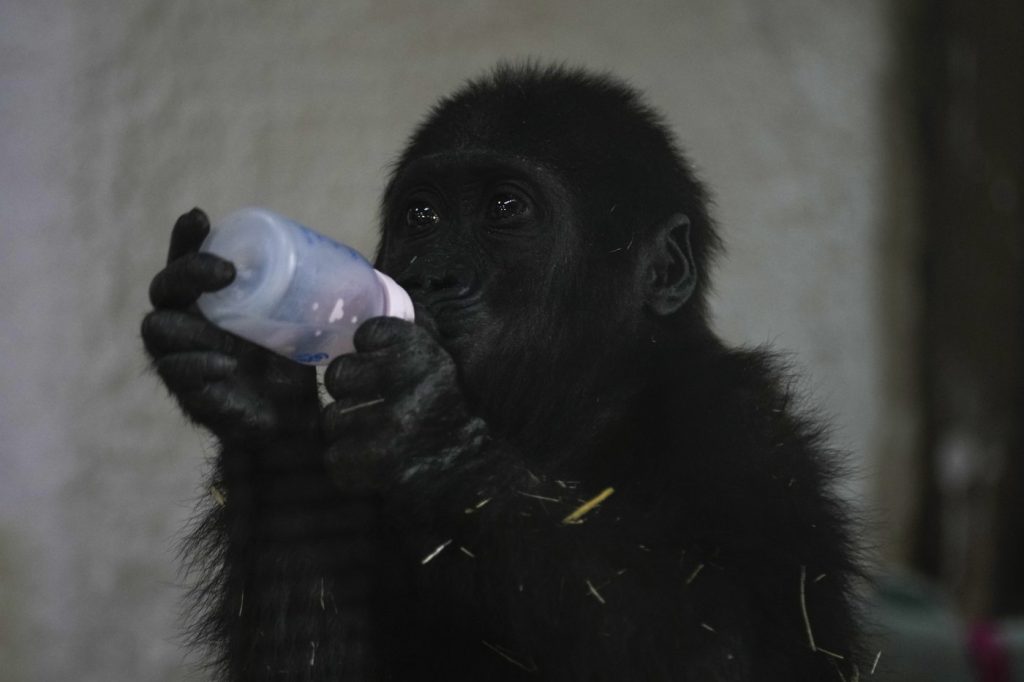GENEVA (AP) – The recent FIFA Club World Cup in the United States served as a stark warning about the challenges posed by extreme heat, foreshadowing potential conditions players and fans may encounter at the upcoming World Cup co-hosted by the U.S., Mexico, and Canada in the summer of 2026.
As global temperatures continue to rise, scientists express concern over the dangers of holding major soccer tournaments in the Northern Hemisphere during the summer months. Experts suggest that FIFA might need to reassess its scheduling to mitigate the risks of heat-related illnesses during these events.
Prof. Piers Forster, director of the Priestley Centre for Climate Futures in Leeds, England, highlighted the gravity of the situation, indicating that without implementing significant changes—such as moving matches to cooler months or regions—there is an increasing likelihood of a tragic incident linked to extreme heat. “The deeper we go into the decade, the greater the risk,” he stated, urging governing bodies to heed climate and health science.
Historically, the World Cup has been held in June and July since its inception in 1930, but recent data shows a concerning trend. Global temperatures during June, July, and August have risen by 1.05 degrees Celsius (1.89 degrees Fahrenheit) since 1930, with European summer temperatures increasing by 1.81 degrees Celsius. The acceleration of this warming trend since the 1990s poses significant risks for high-intensity outdoor sports like soccer.
Climatologist Friederike Otto from Imperial College, London, emphasized the need for adjustments in match timings to prevent heat-related illnesses in players and spectators. She noted that games would need to be scheduled for early morning or late evening to safeguard against heatstroke.
The recent Club World Cup, held across 11 U.S. cities from June 14 to July 13, was impacted by extreme heat and thunderstorms. FIFA responded by enhancing its extreme heat protocol, which included more frequent breaks, increased access to water on the sidelines, and the installation of cooling mechanisms for the team benches. However, players like Chelsea midfielder Enzo Fernández reported feeling dizzy in the heat, advocating for changes to the timing of future matches to avoid peak afternoon temperatures.
The global players' union, FIFPRO, raised alarms about the heat risks in six of the 16 cities scheduled for next summer’s World Cup, labeling them as “extremely high risk” for heat stress. FIFA president Gianni Infantino acknowledged these concerns, stating that World Cup stadiums equipped with coverage would be utilized for daytime matches next year.
Looking ahead to the 2030 World Cup, co-hosted by Spain, Portugal, and Morocco, the threat of extreme heat looms larger, with matches proposed in the afternoons and early evenings during the same heat-prone summer months. Data from this summer already indicates that all three countries have experienced temperatures exceeding 40 degrees Celsius (over 100 degrees Fahrenheit).
In its internal evaluation of the 2030 World Cup bid, FIFA minimized the heat risk, claiming, “Weather conditions are difficult to predict” but are unlikely to pose a threat to the health of players and participants.
Experts warn that playing soccer in direct sunlight during the hottest part of the day can lead to severe physical repercussions, including hyperthermia, which poses cardiovascular risks and may result in heat exhaustion or life-threatening heat stroke. Julien Périard from the University of Canberra noted that hyperthermia raises cardiovascular strain and risks serious health complications.
Many sporting events adapt their schedules to lesser-risk periods, such as marathons at the Olympics, by holding races in the early mornings or late nights. However, rearranging match schedules in soccer is challenging due to the sport's traditional focus on European television audiences, which often necessitates daytime matches.
As the number of participating teams increases from 32 to 48 in the 2026 World Cup, this will complicate FIFA’s ability to avoid daytime matches. A significant consideration will be ensuring player safety without disrupting the soccer league calendar, especially given FIFA's historical choice of a June-July timeframe for World Cups, with the exception of the November-December 2022 Qatar tournament to sidestep extreme summer heat and a similar adjustment expected for the 2034 event in Saudi Arabia.
As climate issues become increasingly pressing, the scheduling of the World Cup and other outdoor sports events is likely to require more urgent attention. According to Ollie Jay, a professor at the University of Sydney, athletes and casual fitness enthusiasts face 28% more moderate to high heat risk in 2023 than in the 1990s, underscoring the urgent need for proactive measures to safeguard health amidst the challenges posed by climate change.










